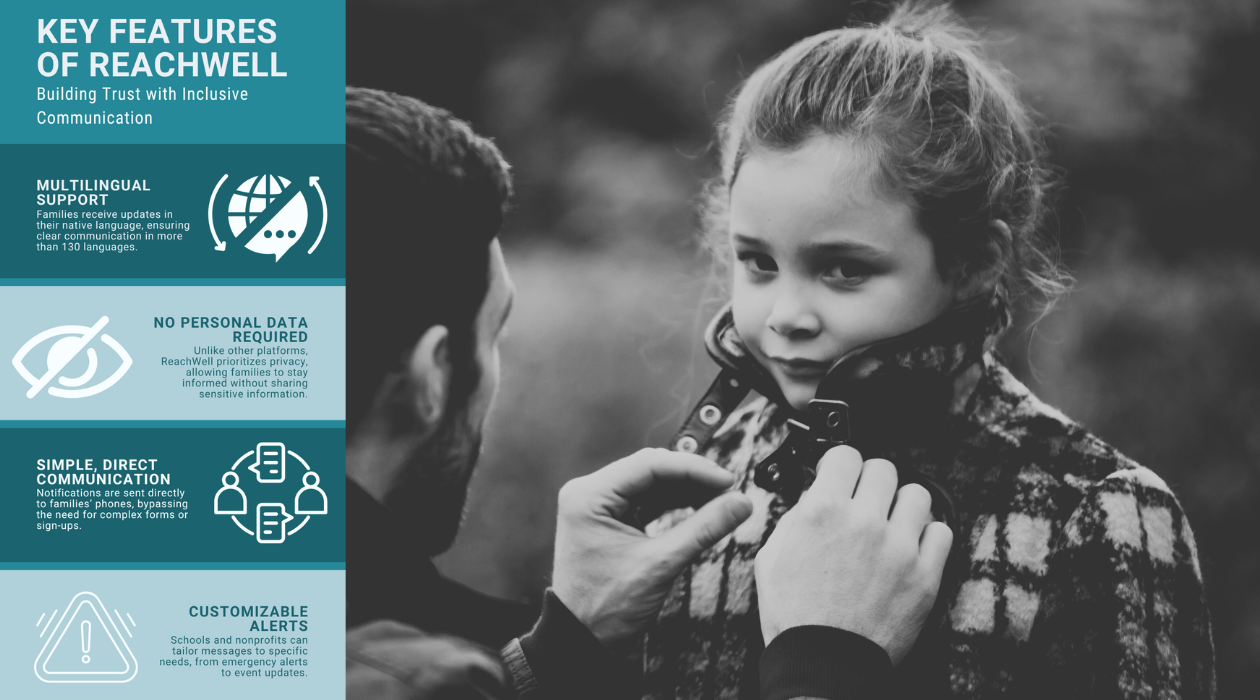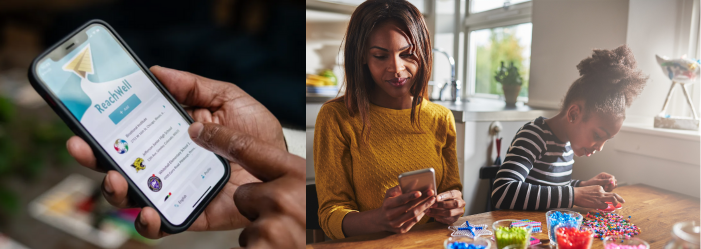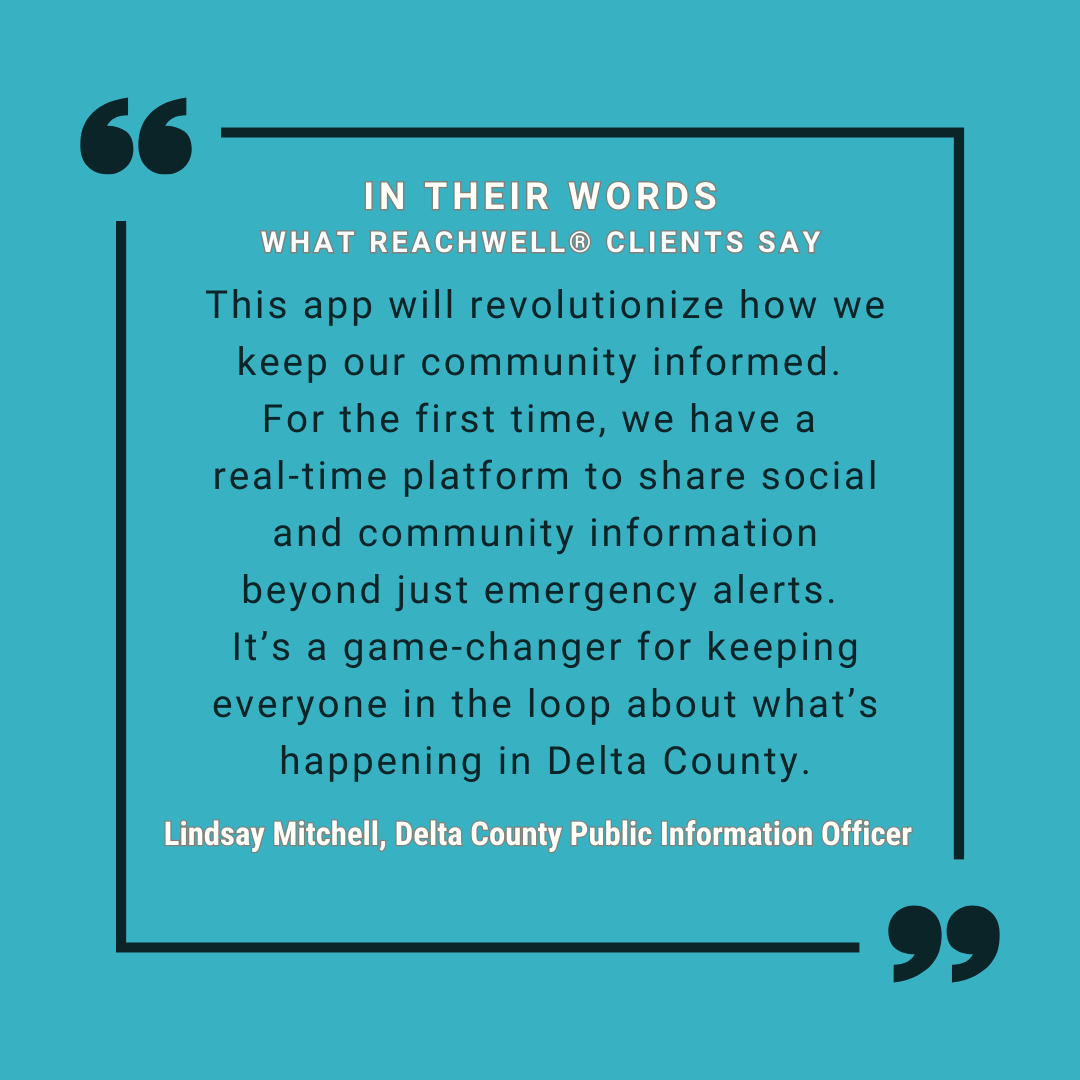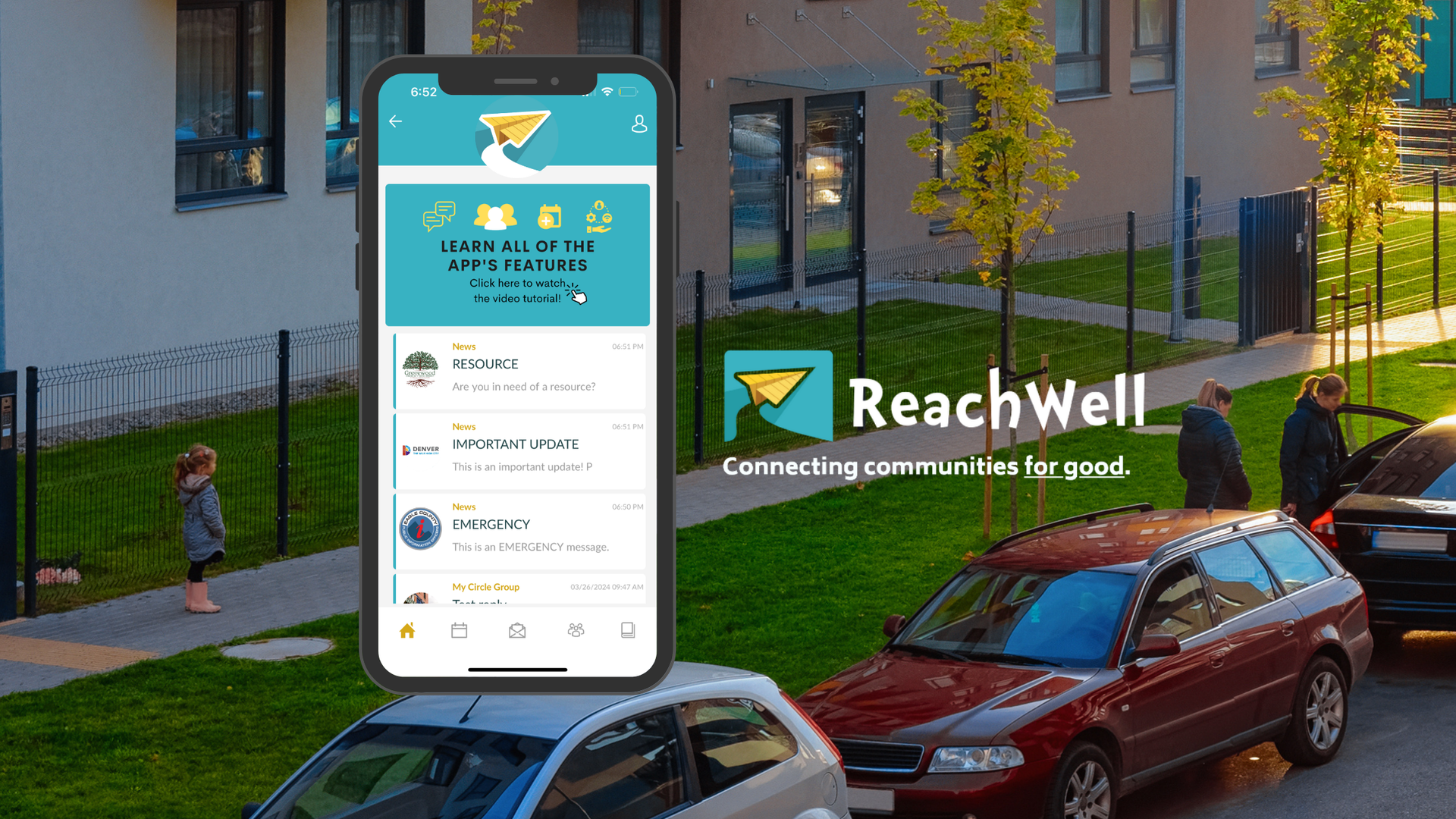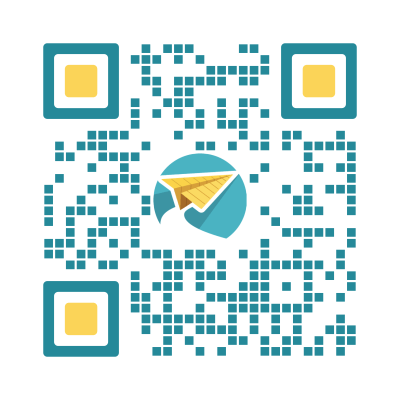Maximize your reach with accessible technology
In order to maximize reach, we've applied the following approach to quickly connect all families.

When communities use ReachWell for engagement they see 95%+ reachability within a few weeks of launching. Our community leaders expressed how helpful this approach is so we thought we'd share it with you! Use the checklist to evaluate your existing service/plan and capture areas for improvement.
In order to maximize reach, we've applied the follow approach to quickly connect all families.
1. Access
- Ensure information is being distributed in all practical ways: App, Email, Text, Call, Social Media* and Web (both your site and your partner sites). ReachWell supports all these methods (and more).
*Social Media is not reliable as feeds are based on algorithms, not what's actually being posted. - Ensure the information is being updated regularly and is consistent across channels.
2. Language and Literacy
- Translate messages as they're delivered while accommodating support for human translators.
- Allow ELs (English Learners) to choose their own language; the language they share with registration is rarely accurate.
- Support unwritten languages with integrated audio and video translations.
- Support low-literate users with text-to-speech translation in English and their native language.
3. Disabilities: Accessibility features allow our vision or hearing impaired to stay informed.
- Text-to-speech is a great way to assist visually impaired citizens. Further, ensure they're supported with high-contrast text and image tags.
- ASL (Sign Language) speakers should be able to view messages in sign as well as text. Support messages with ASL videos.
4. Low Tech Literacy
- Signups, Sign-ins, passwords, logins, and devices are all hurdles to adoption. Ensure your platform doesn't require barriers to access basic public information.
- Private (PII) data must be protected but doing so with a simple 2FA code delivered via paper, text, email or call can easily overcome typical hurdles.
5. Low Income
- Disconnected / changing phone numbers is the primary reason great texting campaigns fail. Support families with an app to ensure they're connected regardless if their numbers change.
- Unchecked email is common as low-income families don't regularly use email as a communication tool; reach them on their computer (aka their phone) to keep them informed.
6. Undocumented or Unregistered Caretakers
- Undocumented families will refuse to download or sign up for any tool that requires personal information. Ensure your platform allows families to follow without location tracking or registering. Of course, PII info requires verification.
- Mom or dad contacts in the system may not be the true caretaker. This information can also change frequently and relying on families to update their admins is an impossible expectation. Provide families with the open access they need and when they are identified, ensure a simple "add" process exists to associate them with their classes or providers.
DOWNLOAD THE CHECKLIST

Government distrust is at an all-time high. Many residents are wary of sharing their personal information with public agencies, often due to fears of surveillance, spam, or data misuse. This hesitation is especially acute among low-income and unhoused individuals who frequently change phone numbers due to service lapses, making traditional outreach efforts ineffective. Most public communication systems fall short. They rely on platforms like Mailchimp or Constant Contact, which get lost in crowded inboxes. Social media, while pervasive, is designed to harvest data and push ads—not to protect user privacy. Even emergency alert systems often require residents to sign up and share their location, further eroding trust. Text messaging, often called the holy grail of communication, is no longer a guaranteed solution. People guard their phone numbers carefully, especially when interacting with the government. They fear being spammed or having their data sold. So how can agencies inform and protect the public without breaching their trust? A New Approach to Community Communication Using ReachWell's extensive experience and broad customer base, here are some recommendations to consider when engaging your community in a less intrusive yet more effective manner: Offer Communication Choices : Let residents decide how they want to receive information—whether it's through text, email, voice calls, app notifications, or a combination. This respects personal preferences and helps reduce message fatigue. Respect Anonymity : Not everyone wants to share personal contact details. Provide anonymous access to messages via public channels or apps that don’t require identifying information. Support Multilingual Access : Language should never be a barrier to safety or services. Translate messages into the primary languages spoken in your community, and consider text-to-speech options for low-literacy audiences. Allow Topic Subscription : Let people select specific topics or groups they care about. Targeted messages reduce noise and increase engagement. Minimize Data Collection : Collect only the data you truly need. Avoid tracking location or behavior unless absolutely necessary—and be transparent about what is collected and why. Ensure Accessibility : Meet or exceed accessibility standards (such as WCAG 2.2 AA compliance) so all residents, including those with disabilities, can access and understand public messages. These practices foster trust, improve message delivery, and help ensure no one is left out of important conversations—especially in moments of crisis or community need. Expanded Real-World Examples: Trusted by Diverse Communities El Paso County, CO (Colorado Springs area) uses ReachWell to distribute emergency alerts—including shelter-in-place orders and missing persons reports—in over 130 languages. Residents can receive alerts even without providing contact information. The Town of Carbondale, CO keeps its multilingual and low-literate residents informed of community events, social services, and public works projects using WCAG 2.2 AA-compliant messaging and text-to-speech capabilities—ensuring no one is left behind. Tucson, AZ : Child-Parent Centers, a Head Start provider, uses ReachWell to keep 500+ staff updated on safety alerts, training sessions, and HR notices across 130 languages—building internal trust through inclusive communication. Boulder County Housing Authority ensures ongoing connection with residents—even after their contact information changes—by sending updates about emergencies, upcoming maintenance, and resident services using ReachWell’s multilingual and anonymous outreach tools. Conclusion Building trust with residents starts with giving them control. When governments let people choose how they connect, what they receive, and in what language—trust grows. ReachWell is proving that communities can be kept safe and informed without sacrificing privacy or accessibility. When people don’t trust the system, it’s time to change the system. ReachWell is doing just that. BOOK A DEMO TODAY




